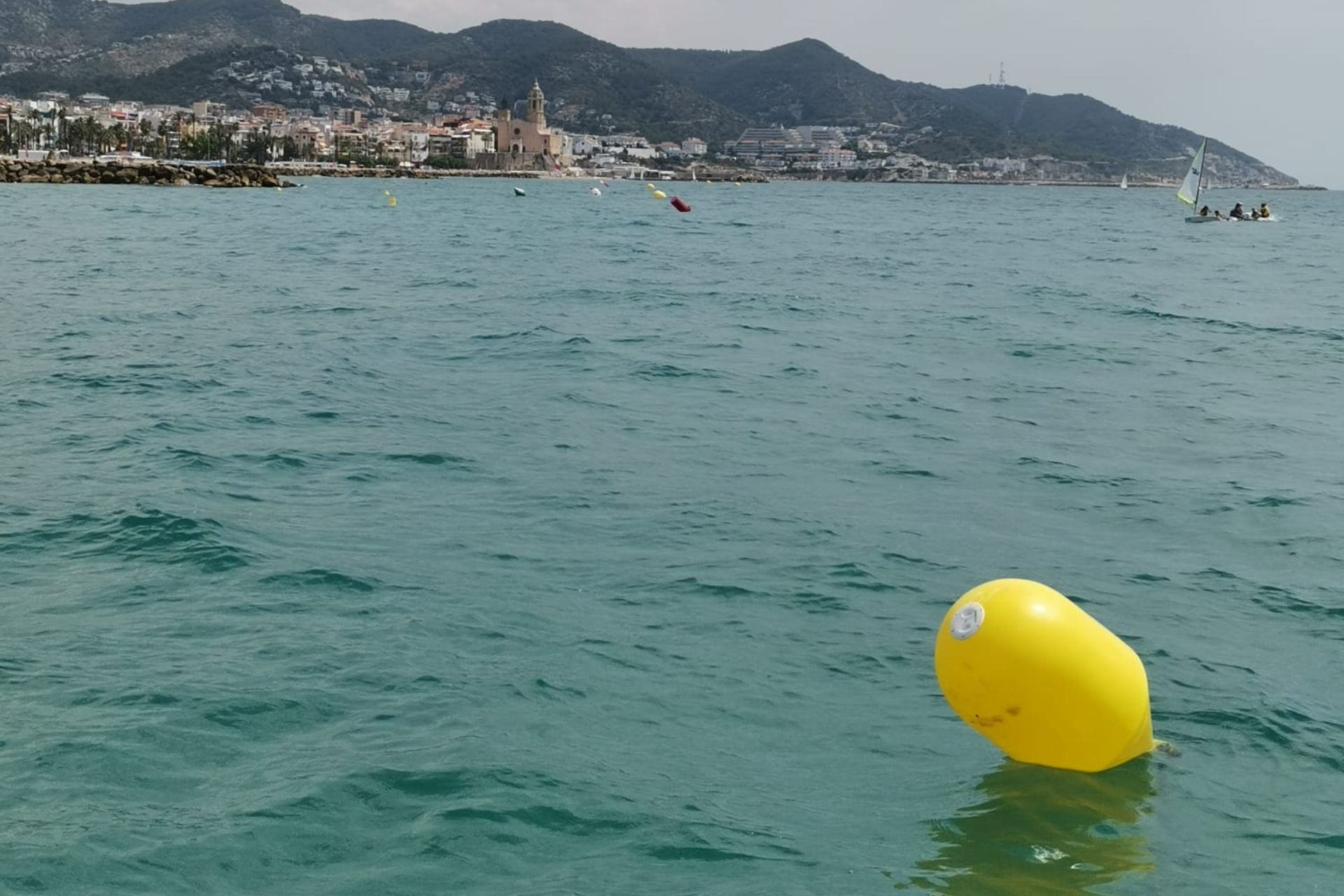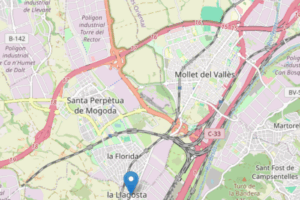
AI4WATER: Digital twins for irrigation agriculture
January 30, 2023
IoT technology to monitor the state of the sea and improve the security of beaches
February 10, 202301/02/2023
Ventilation in indoor spaces has become a topic of great interest recently, especially with the spread of the Covid-19 pandemic. Recent studies report a reduction in the incidence of respiratory infections when ventilation maintains the concentration of carbon dioxide below 1000 ppm. Proper ventilation is also required to ensure the wellbeing of lecturers and students and to enhance their cognitive abilities.
In Spain, schools built before 2007 (the vast majority) are usually housed in buildings that do not have mechanical ventilation. Thus, indoor air quality depends on the personal perception of the occupants and the measures that they might take as a result. The most practical, effective solution in this case is natural ventilation. However, especially during the coldest seasons, occupants may stop opening windows due to the lack of thermal comfort. Consequently, the indoor air quality could deteriorate. If windows continue to be opened, greater energy consumption is needed to counter the lack of thermal comfort.
In this context, the project Optimal ventilation strategies to balance indoor air quality, comfort and energy use in educational buildings (IAQ4EDU) was proposed. The project is led by researchers from the Construction Research and Innovation Group (GRIC) of the Universitat Politècnica de Catalunya - BarcelonaTech (UPC). The aim is to optimise the ventilation strategies in educational buildings, considering the quality of indoor air, thermal wellbeing, energy consumption and overall costs.
The optimisation strategies that are included in the project are:
- Exclusively natural ventilation through opening doors and windows.
- Low-cost mechanical ventilation systems (that is, extraction fans installed on the façade).
- The implementation of mechanical systems with a constant flow or with ventilation rates controlled by demand.
- Hybrid implementation approaches.
First, the project will characterise the indoor air quality in educational buildings, including schools, institutes and universities, through an experimental campaign to measure indoor environmental parameters (mainly the levels of concentration of CO₂ and temperature) in 40 classrooms in 20 educational buildings with three modes of air conditioning (heating, cooling and a mode without heating or cooling). The main ventilation strategies and the corresponding thermal behaviour, as well as the energy use, will be modelled using reduced order models. The project will explore the potential for flexibility in buildings’ ventilation systems, that is, the capacity to displace the building’s energy demand while maintaining the required levels of comfort and safety.
Finally, a decision-making strategy will be developed with multiple criteria to take informed, profitable decisions focused on safety, streamlining investments in the short and long term on how, when and where to carry out maintenance plans and improve educational installations in terms of their ventilation capacities.
Results and impact
The results will help to identify the exact ventilation rates to prevent infections caused by aerosol particles, while maintaining suitable levels of thermal comfort and energy efficiency in educational contexts. This will lead to the preparation of a first operational guide for the correct ventilation of educational centres in Catalonia, which will help users in the education community to adopt the optimal natural ventilation strategy to guarantee suitable indoor air quality, improve thermal comfort and increase energy savings.
In addition, the IAQ4EDU project will provide a comprehensive model of support for decision making to prioritise investments in ventilation systems in educational buildings.
Budget and funding
The project will be developed during a three-year period (September 2021–August 2024) and is funded with a budget of €132,011 by the Ministry of Science and Innovation through the State Plan for Scientific and Technical Research and Innovation (PEICTI) 2017–2020.

Topic
You want to know more?
Related Projects
- A team from the Environment Centre Laboratory (LCMA) of the Universitat Politècnica de Catalunya - BarcelonaTech (UPC) is taking part in a study commissioned by the city councils of la Llagosta, Mollet and Santa Perpètua (in Vallès Occidental), with the main objective of identifying the impact of industrial plants on the generation of unpleasant odours and continuously monitoring air quality in these municipalities.
- The Environmental Engineering (ENMA) research group leads the WhATTer project with the aim of developing an innovative and sustainable solution for the treatment of textile wastewater through an electrochemical/alkaline electrolysis system that allows for simultaneous hydrogen production. The project is carried out in collaboration with the Textile Technology (TECTEX) and Polymeric Materials and Textile Chemistry (POLQUITEX) research groups at the facilities of the Institute of Textile Research and Industrial Cooperation of Terrassa (INTEXTER) at the Universitat Politècnica de Catalunya - BarcelonaTech (UPC).
- The European project LIFE Biogasnet, coordinated by the Biological Treatment of Gaseous Contaminants and Odours Group (BIOGAP) at the Universitat Politècnica de Catalunya - BarcelonaTech (UPC), has validated a new biogas purification technology that improves the quality of this resource, produced in urban solid waste treatment plants and wastewater treatment facilities, while reducing the carbon footprint, thus promoting the concept of a circular economy. The new solution is based on efficient, low-cost biological technologies, combining a biotrickling filter with a nitrification bioreactor.
- The Remote Sensing Acquisition Systems Development Centre (SARTI UPC) has developed a new model of buoys to record ocean currents and temperatures as part of the European project Multi-Sensor Extra Light Oceanography Apparatus (MELOA). This is a DRIFTER, or a low-cost, low-power surface drifting buoy, which is easy to use, impact-resistant, multi-purpose, multi-sensorial, and very lightweight. It is designed to be used in all aquatic environments, from the deep sea to inland waters, including coastal areas, river plumes, and wave-breaking zones.




